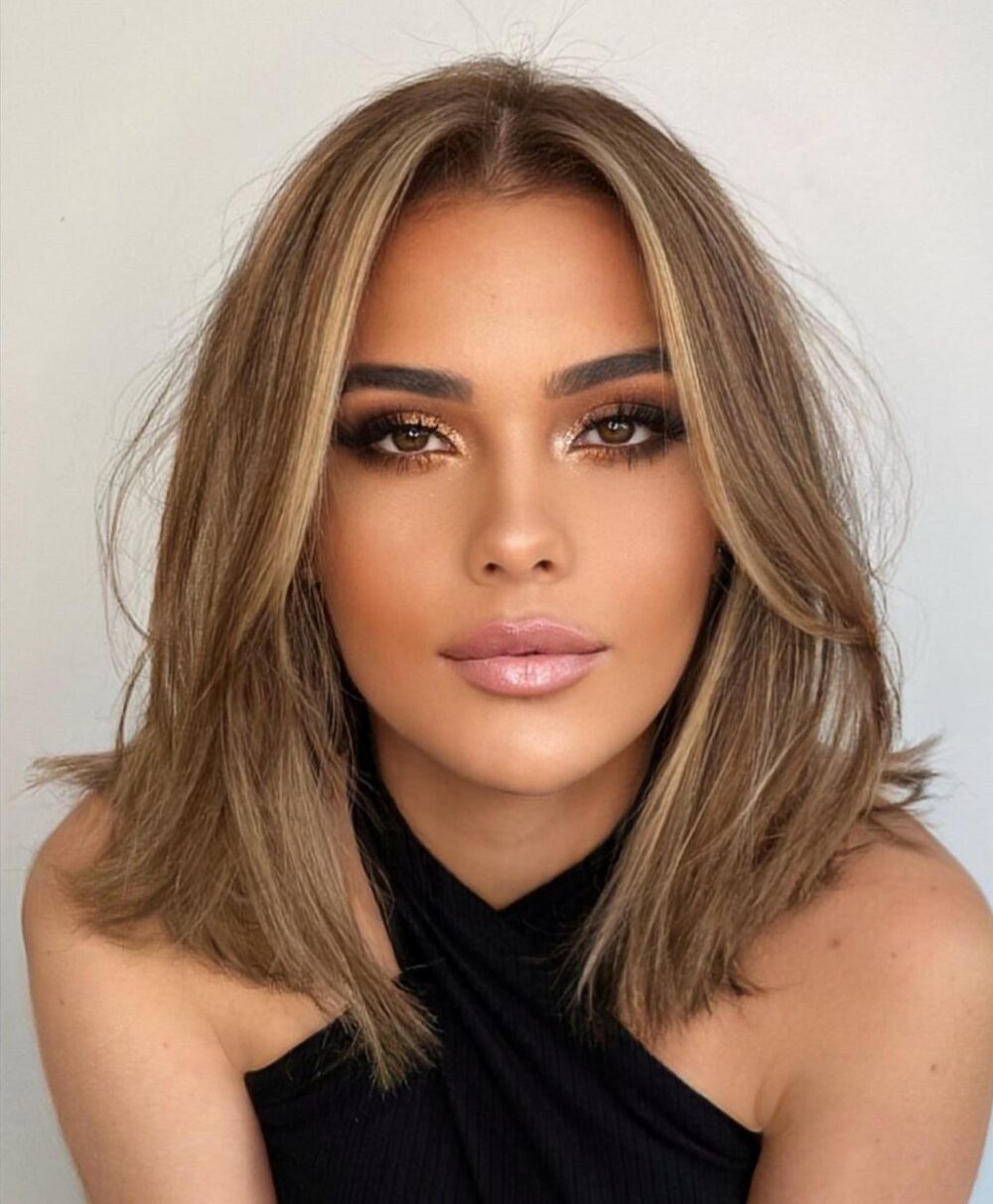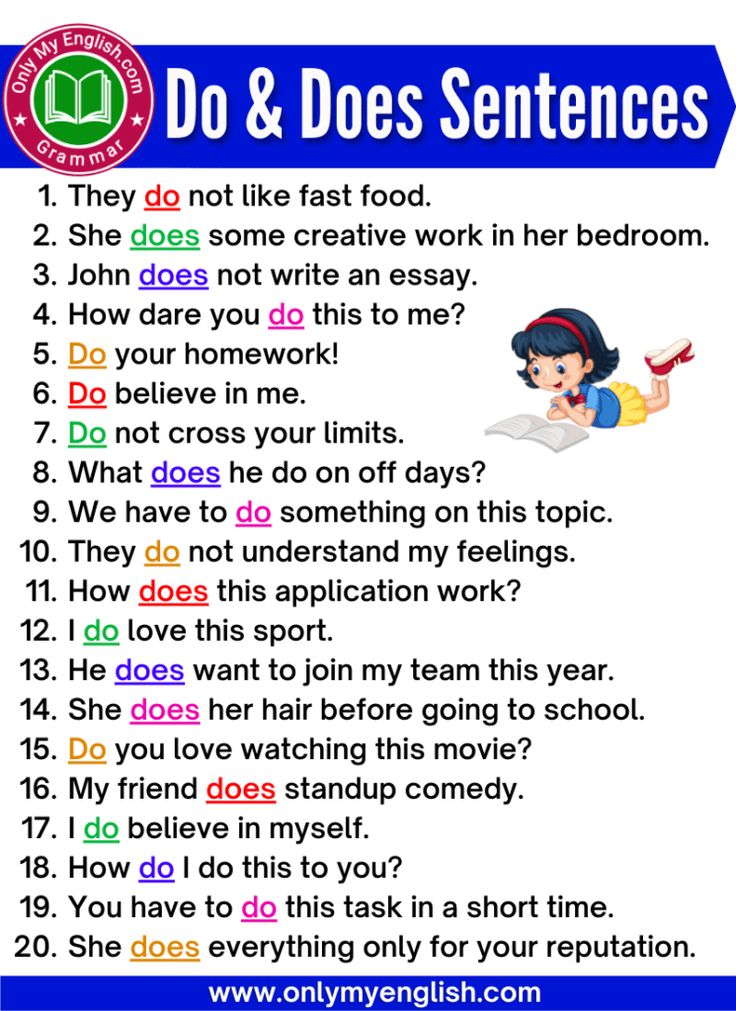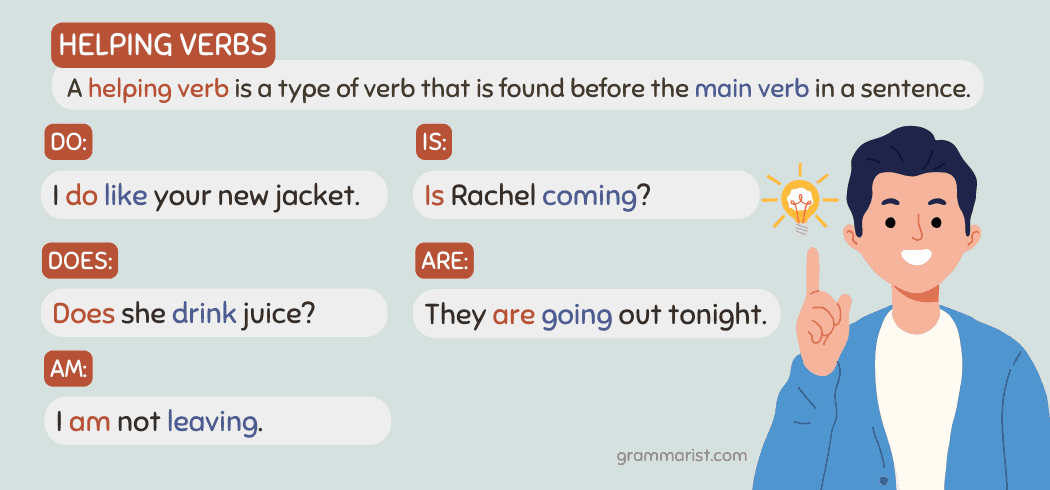Mass Marketing: How to Reach Wide Audiences Effectively
Understanding Mass Marketing
Mass marketing is a strategy focused on reaching the largest possible audience with a single marketing message or campaign. Unlike niche or targeted marketing, which tailors messages to specific segments, mass marketing delivers a uniform message to the entire market using broad channels such as television, radio, print, billboards, and digital platforms. The objective is to generate widespread awareness and demand for products or services that appeal to a broad demographic, regardless of age, gender, or interests [1] [2] .
Key Characteristics of Mass Marketing
Several defining traits set mass marketing apart from other marketing strategies:
- One-size-fits-all messaging: Campaigns use the same promotional content for all viewers or listeners.
- Broad, undifferentiated audiences: There is little to no segmentation; everyone in the market is a potential customer.
- Mass media channels: Traditional and digital mass communication methods, such as television, radio, billboards, and high-traffic websites, are primary vehicles.
- Limited personalization: The approach is general, often focusing on universal needs or desires [1] [5] .
Benefits and Challenges of Mass Marketing
Mass marketing offers several advantages:
- Maximum exposure: By leveraging popular media, campaigns can reach millions simultaneously, driving rapid brand recognition.
- Economies of scale: Producing one campaign for the entire market reduces creative and production costs per impression.
- Brand consistency: Uniform messaging helps build a cohesive brand image worldwide.
However, there are notable challenges:
- High costs: Mass media placements-such as Super Bowl commercials-require significant financial investment [1] .
- Limited targeting: The lack of personalization may result in wasted impressions on those unlikely to convert.
- Changing media habits: With audiences fragmenting across digital platforms, mass marketing can be less efficient than before [5] .
Real-World Examples of Mass Marketing
Mass marketing has been used by iconic brands and across diverse industries:
- Super Bowl commercials: Companies pay millions for brief ad slots during the game, leveraging an enormous live audience to create buzz and drive sales [1] .
- Billboard advertising: Brands place large-format ads along highways and in urban centers to reach all passersby. For example, beverage companies and tech brands often use billboards for product launches [4] .
- Television and radio ads: Commercials on major networks reach diverse households during prime time or major events. FMCG (fast-moving consumer goods) brands like soda and snack companies frequently use this approach [2] .
- Print media: Newspapers and magazines, though less dominant today, have long been used for mass campaigns. Coupon inserts and brand stories still reach broad audiences [4] .
- Digital mass ads: Online platforms allow for large-scale campaigns on high-traffic websites, streaming services, and popular social networks [3] .
Step-by-Step: How to Launch a Mass Marketing Campaign
Building an effective mass marketing campaign requires strategic planning and disciplined execution. Here’s a practical roadmap:
- Define your universal value proposition: Identify what makes your product or service broadly appealing. Focus on benefits that resonate with the widest possible audience, such as convenience, affordability, or necessity.
- Choose appropriate mass media channels: Consider where your target audience is most likely to engage. For traditional reach, evaluate television, radio, and print. For digital scale, look at major news sites, social networks, and popular streaming platforms.
- Develop clear, simple messaging: Craft a headline or slogan that’s easy to understand and memorable. Avoid jargon or overly technical language. Use striking visuals or jingles to aid recall.
- Set budget and timeline: Mass marketing often requires substantial investment. Outline your total budget, allocate funds per channel, and map out your campaign calendar.
- Produce campaign assets: Create advertisements, videos, graphics, and press releases. Ensure all materials maintain consistent branding and comply with media standards.
- Launch and monitor: Distribute your campaign assets across chosen channels. Track reach, impressions, and engagement using analytics tools provided by media partners or third-party services.
- Measure results and optimize: Assess performance against key metrics such as brand awareness, website traffic, or sales uplift. Adjust elements as needed for ongoing or future campaigns.
For guidance on media buying or campaign analytics, you can contact advertising agencies, media buying firms, or use official business directories to find reputable partners with experience in mass marketing. Many agencies provide free consultations and can guide you through the compliance and creative requirements of each media type.
Alternative Approaches and Hybrid Strategies
While mass marketing remains effective for broad-reach products, many brands now combine it with targeted approaches:
- Segmented mass marketing: Use mass channels to deliver different versions of your message to segmented audiences. For example, a car brand might air different commercials in urban vs. rural markets.
- Integrated marketing communications: Blend mass marketing with digital targeting and personalized follow-ups, such as retargeting website visitors with relevant ads.
- Test and iterate: Pilot mass campaigns in select markets or channels, then scale based on performance data.
Common Challenges and Solutions
Executing mass marketing can present obstacles:

Source: nytimes.com
- High competition for attention: With many brands vying for share of voice, it’s critical to invest in creative development and differentiate your message.
- Audience fragmentation: As viewers migrate to digital and on-demand platforms, supplementing traditional media with digital mass campaigns can help maintain reach.
- Budget constraints: If large-scale media buys are out of reach, consider local TV/radio, regional newspapers, or digital mass ads as more cost-effective alternatives.
Brands may also face regulatory and compliance requirements, especially in industries like healthcare, finance, or children’s products. To ensure your campaign adheres to relevant laws and guidelines, consult with legal counsel or industry associations before launching.
How to Access Mass Marketing Tools and Resources
To get started with mass marketing, you can:
- Contact local or national advertising agencies for campaign planning and media buying support.
- Research media outlet advertising opportunities by visiting the official websites of TV networks, radio stations, or print publications. Most will have a section labeled “Advertise With Us” or “Media Kit” with detailed instructions.
- For digital mass marketing, explore self-serve advertising options on popular platforms such as Google Ads, Facebook Ads, or YouTube. These platforms offer step-by-step guidance and resources for setting budgets, targeting, and measuring campaign results. Begin by searching “How to advertise on [Platform Name]” using official support sites.
- If you require compliance support or want to learn about industry best practices, search for guidance from the American Association of Advertising Agencies (4A’s), the Interactive Advertising Bureau (IAB), or similar professional groups.
For specific case studies or further education, consider taking online marketing courses from accredited institutions or enrolling in business development workshops. Many universities and business schools offer programs in advertising, media planning, and campaign analytics.

Source: cny.org
Key Takeaways
Mass marketing remains a powerful way to capture attention and drive demand for broadly appealing products and services. By understanding its principles, benefits, and limitations, you can design campaigns that deliver maximum impact. Whether using traditional media or modern digital tools, success lies in clear messaging, strategic planning, and continuous measurement. For more hands-on advice, consult with a media professional or explore official resources on major advertising platforms.
References
- [1] Wix Encyclopedia (2024). What is Mass Marketing?
- [2] Study.com (2024). Mass Marketing Definition, Benefits & Examples.
- [3] Digital Macaw (2022). Mass Marketing – Definition, Examples and Use.
- [4] Indeed (2025). What Are Mass Marketing Examples? (With Pros and Cons)
- [5] Greenly (2025). Can Mass Marketing Last in the Long Run?
MORE FROM eboxgo.com













